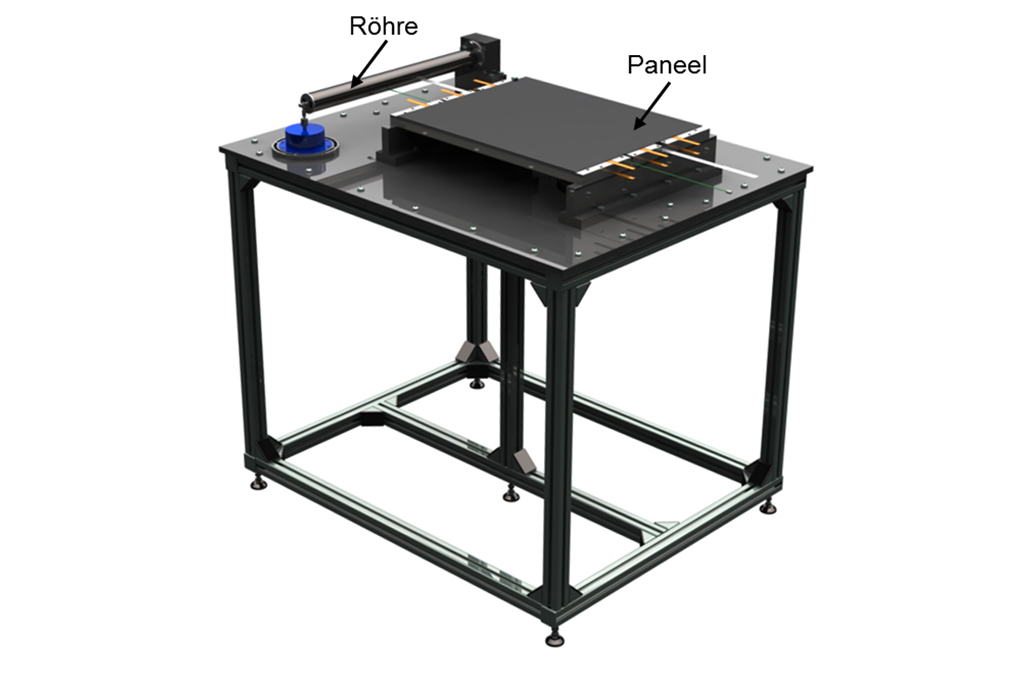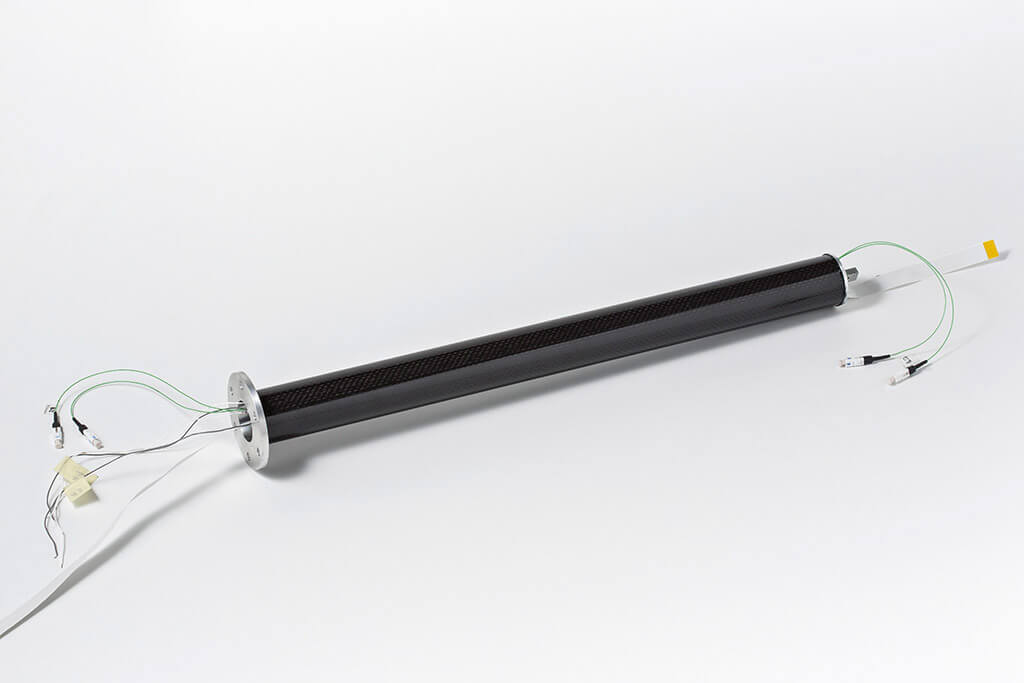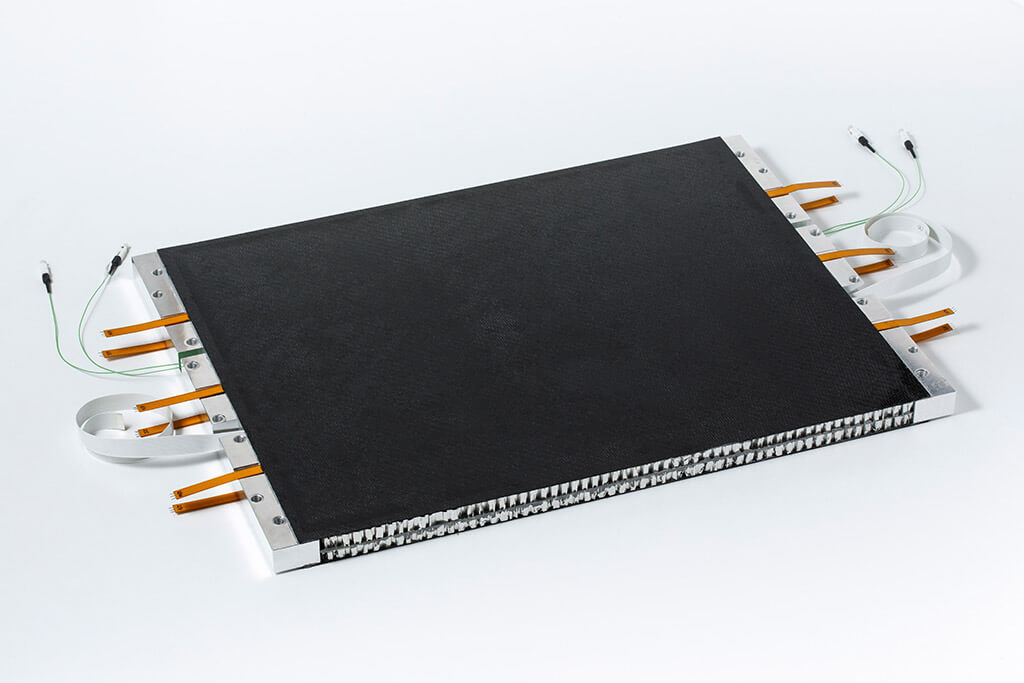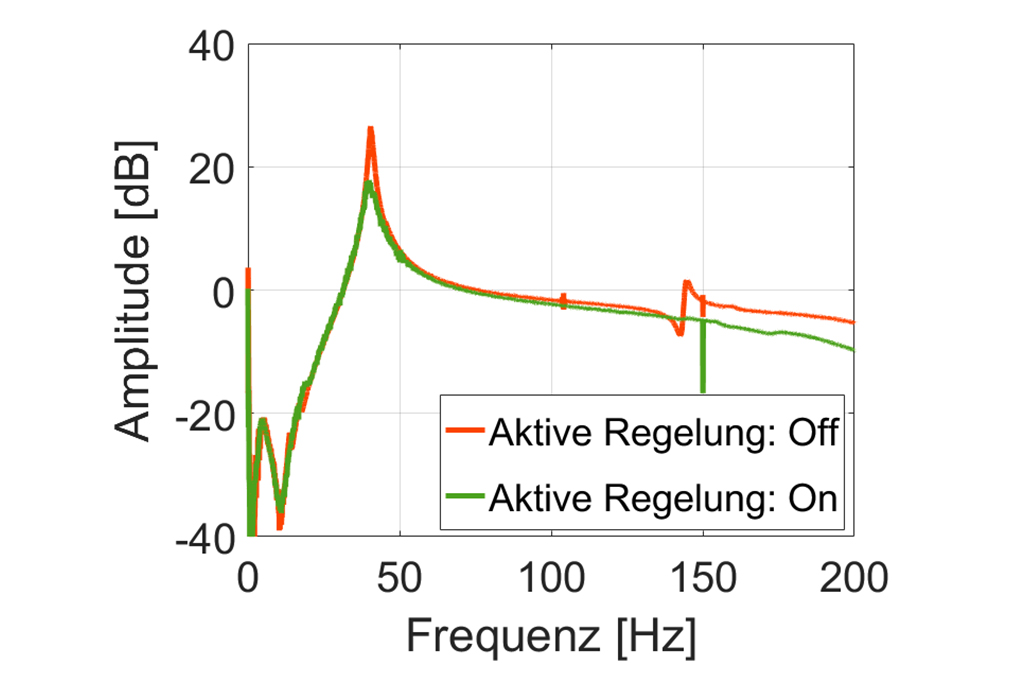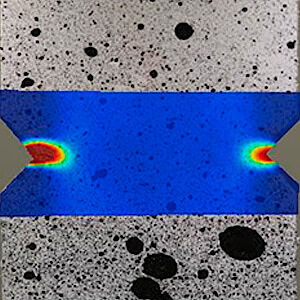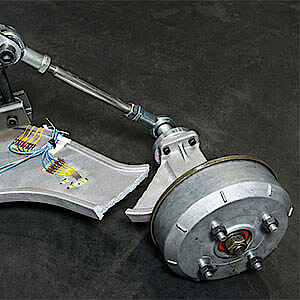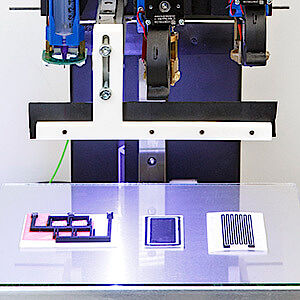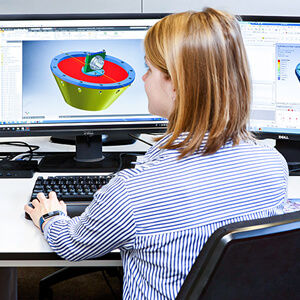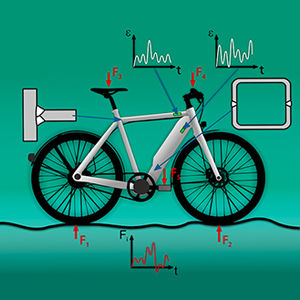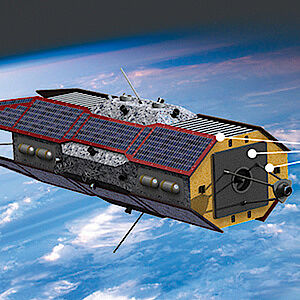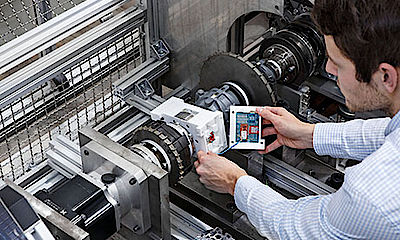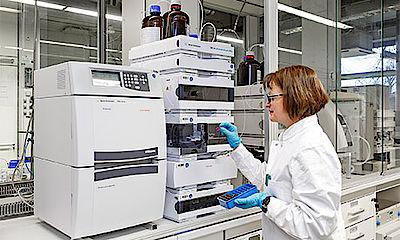multiSat: Multifunctional lightweight structures for satellite applications.
Numerical calculation tool, multifunctional structures, vibration reduction
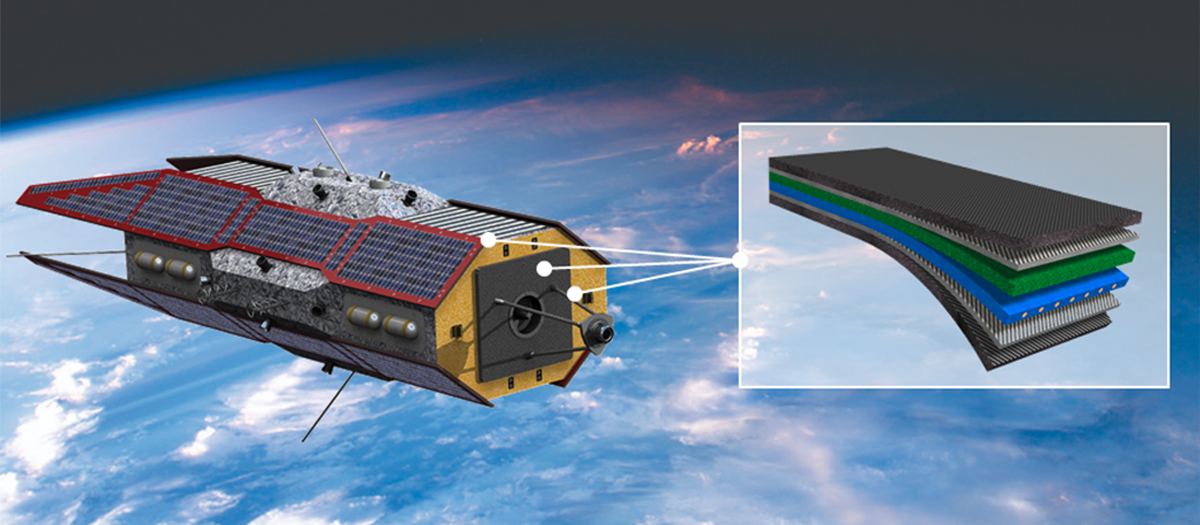
The objective of the multiSat project is to develop multifunctional load-bearing lightweight structures for satellites. As part of a comprehensive technological concept, several functions have been integrated into two typical structural elements of a conventional satellite: a sandwich panel and a tube. The integrative concept adds six functions to the structures: Heat transfer, radiation shielding and impact protection (passive functions) as well as vibration reduction, energy and data transmission (active functions). The active functions were studied by scientists at Fraunhofer LBF.
Challenges in the design of satellites
The primary structure of conventional satellites is typically designed to primarily support mechanical loads, to serve as attachment points for subsystems, and to protect them from the space environment. The subsystems are developed and manufactured separately and subsequently mounted on the satellite structure during the final phase of the assembly process. The separation of structural mechanics and non-structural functions increases the mass, volume and production costs of the satellites. One way to overcome these disadvantages is the concept of a multifunctional structure. The load-bearing satellite structure incorporates various built-in features that are usually provided by standalone satellite subsystems and components. The advantages of this technological concept are not just limited to reducing the mass and volume of the satellite. The highly integrated and standardized one-shot production process also makes the manufacturing, integration, qualification, launch, and operation of a satellite more cost and time efficient. Accordingly, the development of multifunctional structures has increasingly drawn the attention of the research community in recent decades.
Development of a multifunctional lightweight structure
Simulation-based development during the design phase can help to reduce iterations and lower development time and costs. The work in the multiSat project contributes to the continuous and integrative use of information technologies such as computer aided design, simulation and multidisciplinary design optimization in the development of multifunctional satellite structures.
Fraunhofer LBF develops and validates numerical models for the mechanical description of lightweight structures with built-in active functions, which efficiently and reliably illustrate the real behavior of the satellite structures. In particular, piezoelectric transducers are integrated in two sample lightweight structures (a sandwich panel and a CFRP tube) to demonstrate vibration reduction with shunt circuits as well as with active control strategies.
Experimental studies were carried out to compare the simulation models. The validation led to an improvement of the behavior of the structures due to the vibration reduction.
Customer benefit
The developed concept design and the implemented simulation models can be used in many other applications where lightweight construction and vibration reduction are important (e.g. in the automotive sector).
The work was carried out as part of the multiSat project.
We would like to take this opportunity to thank the public donor, the Federal Ministry for Economic Affairs and Energy (BMWi), and the respective project sponsor DLR Raumfahrtmanagement (aerospace management company) for the financial and substantive support of our research projects.
MultiSat project partner: RWTH Aachen Technical University
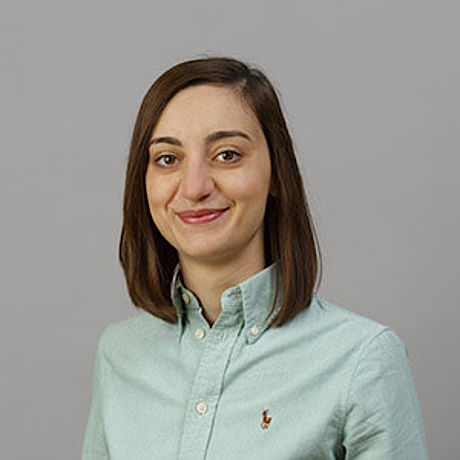
“We are working on this subject matter to gain more experience in the field of space travel so that we can also offer innovative solutions to the space industry.” Sara Perfetto
Contact
- Dr.-Ing. Sara Perfetto
- Phone: +49 6151 705-298
- sara.perfetto@lbf.fraunhofer.de
